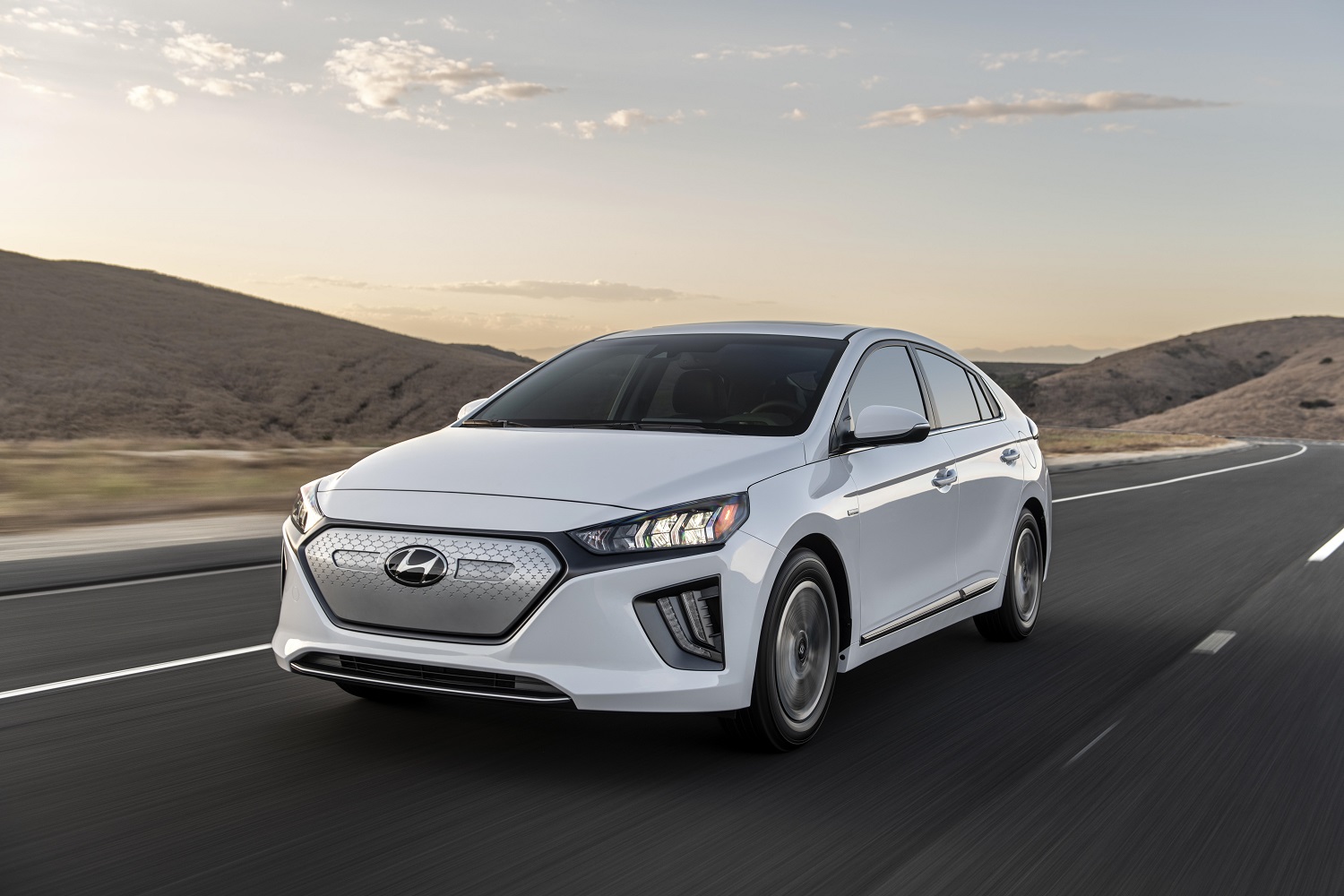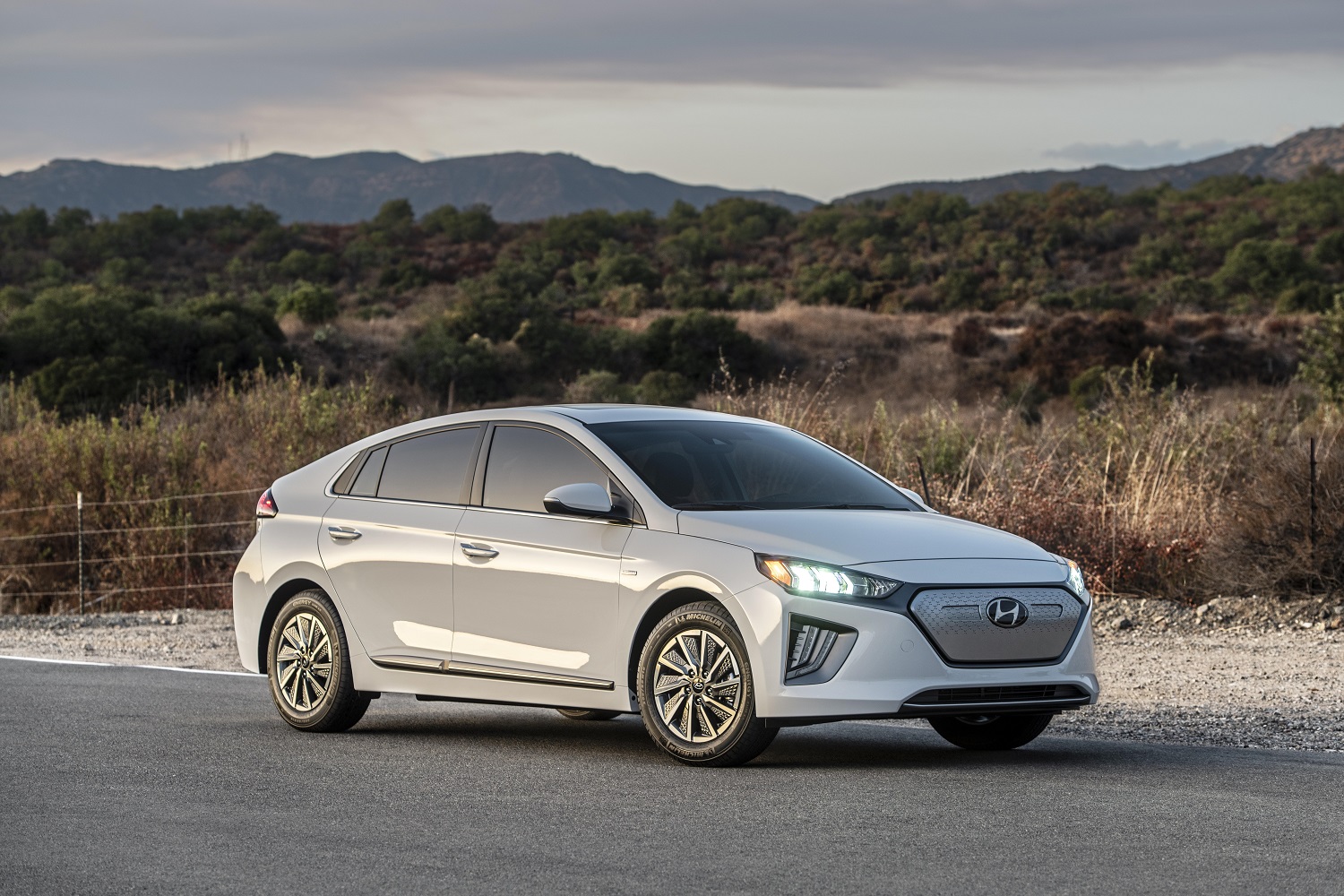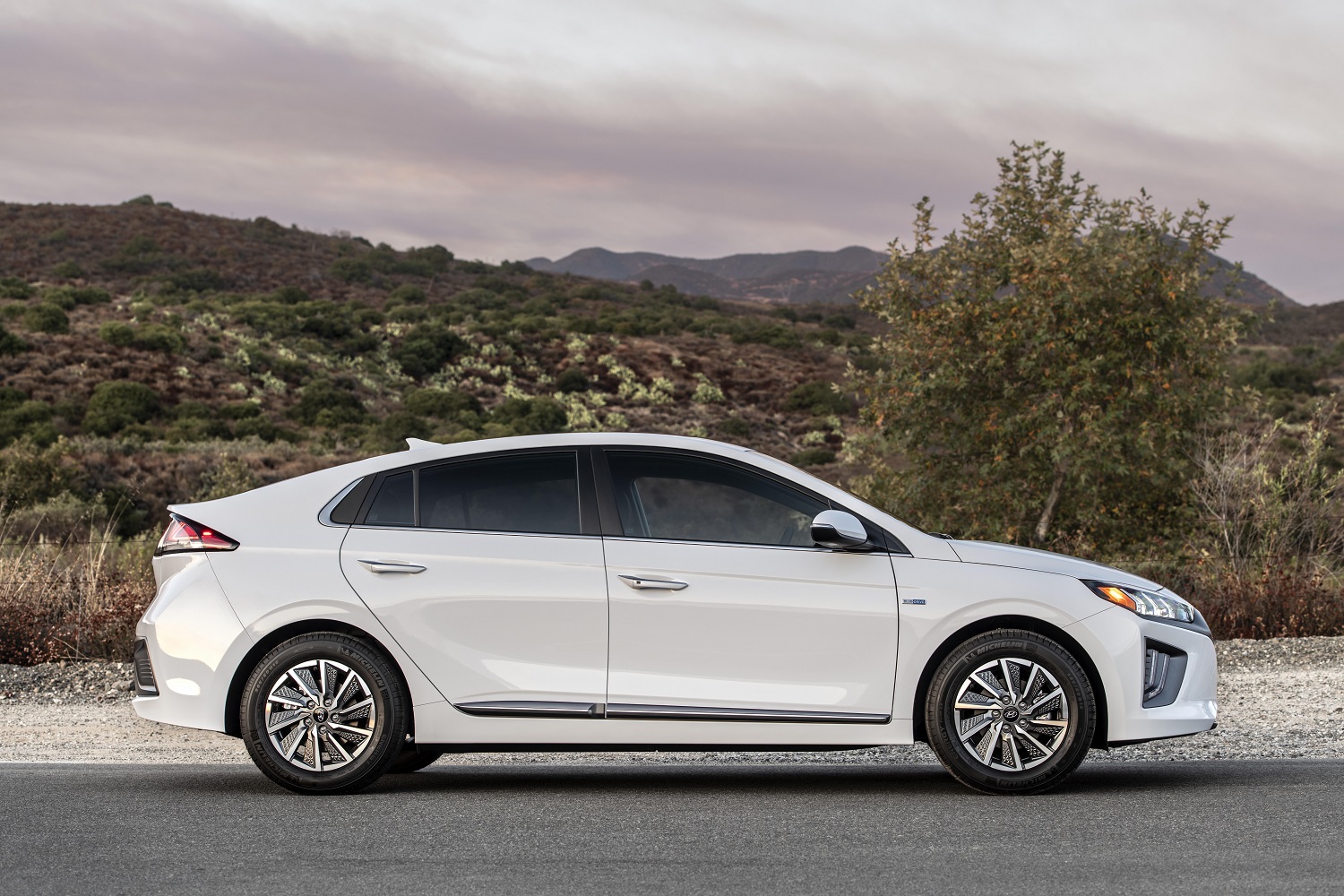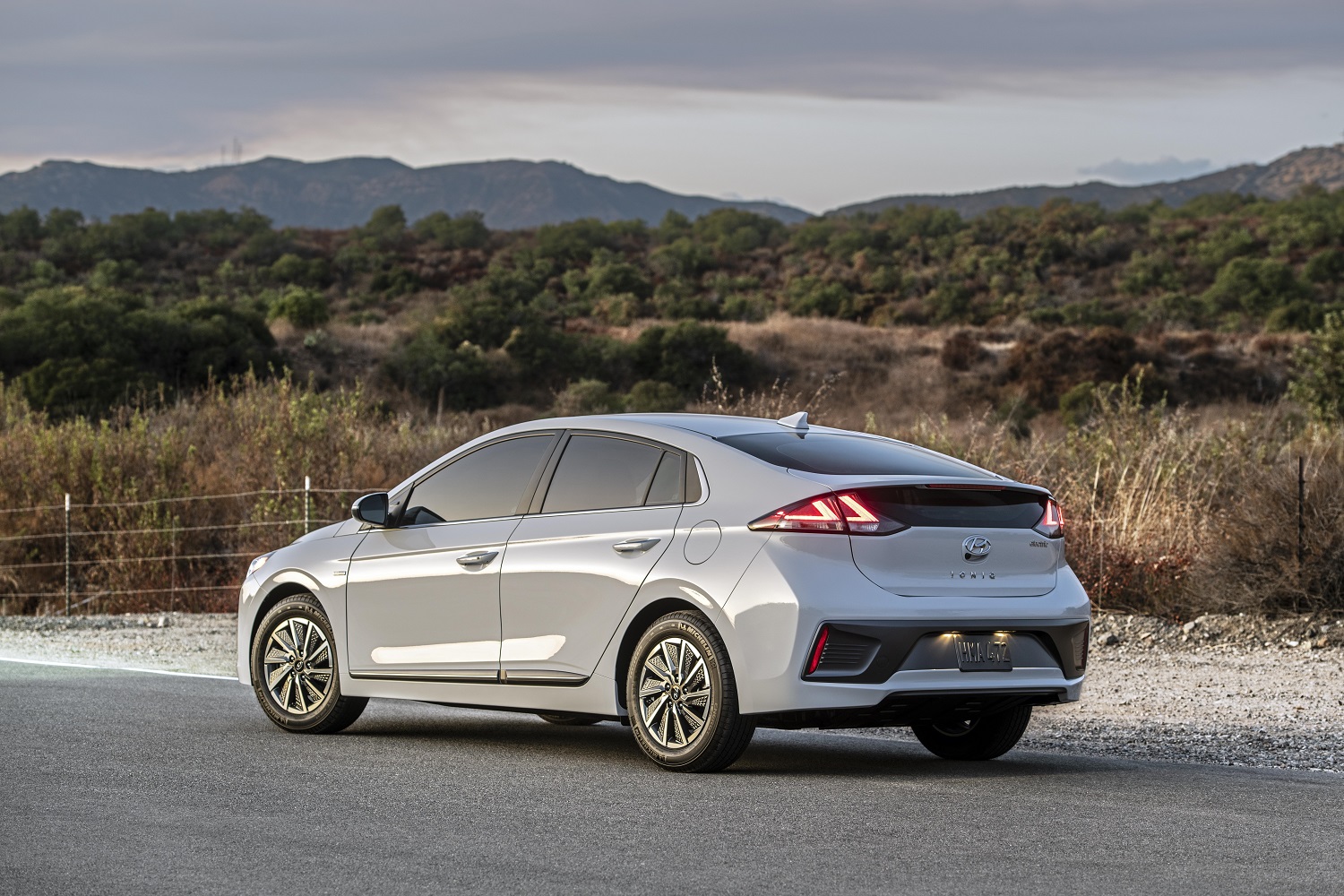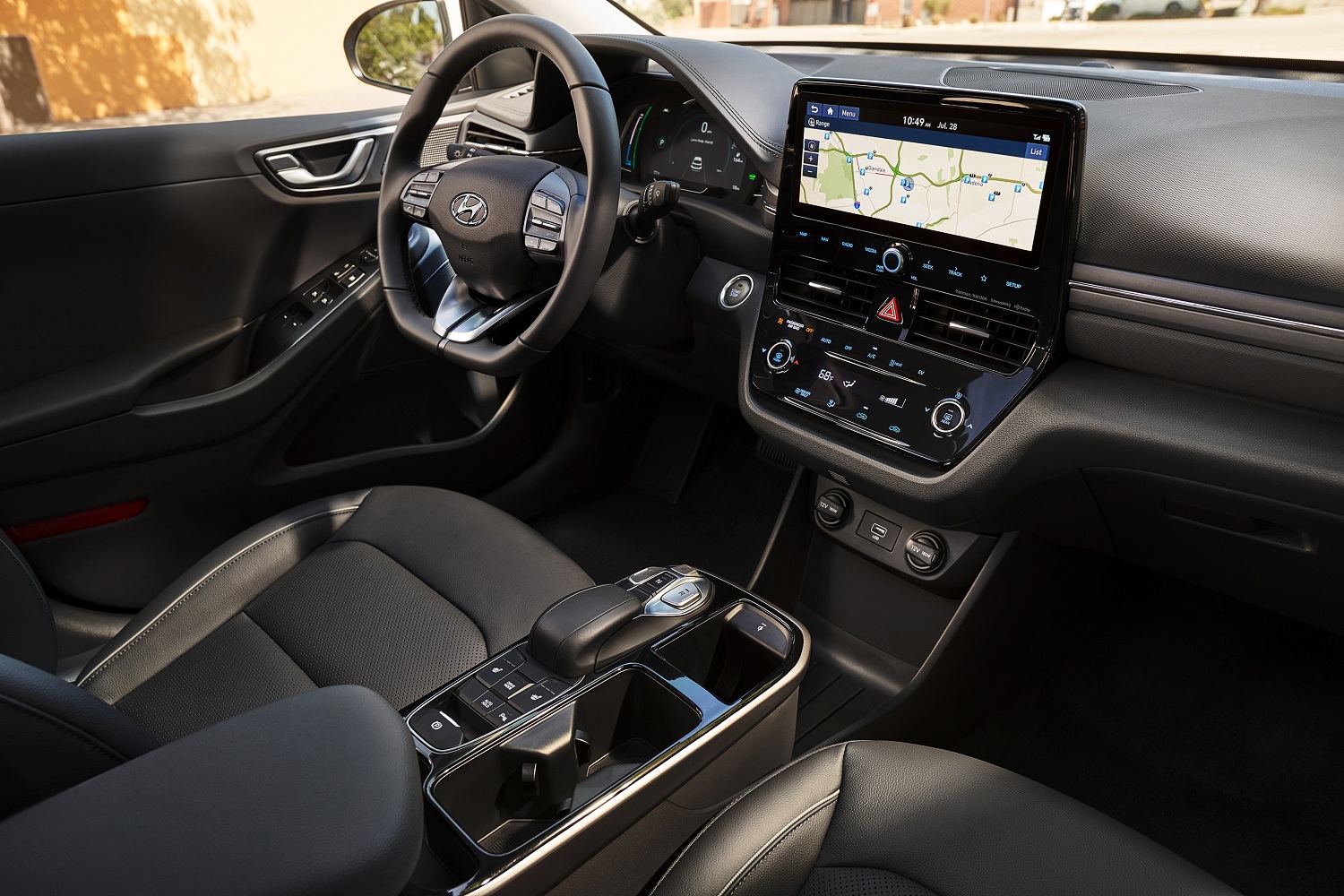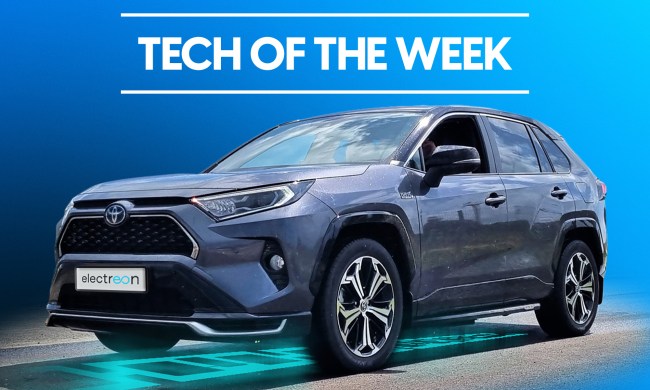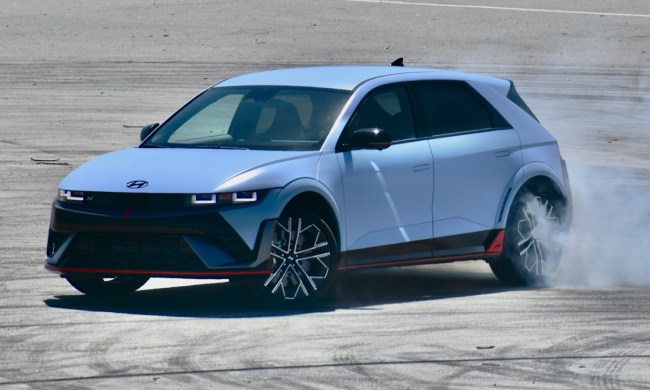Hyundai has made the battery-powered variant of the Ioniq a much more serious contender in the electric car segment by increasing its driving range by 37%. The extra mileage comes at a cost, however, and the company is passing it onto buyers.
For the 2020 model year, the Ioniq Electric receives a bigger, 38.3-kilowatt-hour lithium-ion battery pack with 36% more energy storage capacity. Hyundai pegs its maximum driving range at 170 miles, which is a considerable upgrade over the 2019 model’s 124-mile rating. Better yet, the South Korean company installed a quicker, 7.2-kilowatt onboard charger that zaps the battery pack with an 80% charge in 54 minutes when the car is plugged into a 100-kilowatt fast-charging station. All told, the battery updates increase the Ioniq’s day-to-day usability.
It’s a little quicker, too, thanks to a new motor rated at 134 horsepower. There are also a handful of visual changes, though you’ll need a well-trained eye to notice that the grille has a new look and the bumpers feature a new design.
To add context, the Ioniq’s most direct rival is the Nissan Leaf, which has also received updates for 2020. The base hatchback carries a 40-kWh battery that provides 149 miles of range, and its electric motor delivers 147 horsepower. There’s also a quicker, longer-range model available, but it’s priced above the Ioniq and into Tesla territory.
The 2020 Ioniq Electric lineup consists of two trim levels named SE and Limited. The base version comes generously equipped with lane-keeping assist, adaptive cruise control, automatic high beams, LED rear lights, heated door mirrors, heated front seats, 16-inch alloys, a 7.0-inch LCD instrument cluster, and an 8.0-inch touchscreen. Stepping up to the Limited model brings LED headlights, power-folding door mirrors, a tilt-and-slide sunroof, leather upholstery, a wireless device charger, a better stereo, and a 10.25-inch touchscreen with navigation.
Hyundai charges $33,045 for the SE (so about $1,500 more than the entry-level Leaf) and $38,615 for the Limited, figures that represent increases of $2,730 and $1,800 respectively over the 2019 models. Neither number includes a mandatory $995 destination charge, which is like shipping and handling for cars, or the $7,500 tax credit some buyers are eligible to claim from the federal government. If you qualify, you could drive home in an Ioniq Electric after signing a check for $26,540, which is a great deal on a well-equipped EV with usable range. Keep in mind that a growing number of states charge electric car owners additional fees to offset lost revenue from fuel taxes, however.
Even with generous incentives bundled into the equation, the Ioniq Electric still costs much more than the Hybrid model ($22,200), and its base price is on par with the plug-in hybrid’s ($26,500). The Hyundai portfolio is becoming an interesting case study of customer preferences when it comes to electrified powertrains, especially if the Ioniq Electric becomes available across the United States rather than the handful of states it’s been limited to in the past. Digital Trends has reached out to the company for clarification, and we’ll update this story when we learn more.
